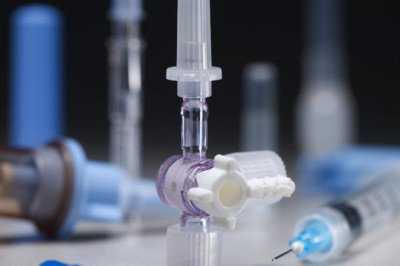
views
How do printers in China handle inkjet heat transfer to achieve the best state in the transfer process
In digital printing processing, garment fabric printing and fabric transfer are divided into cutting transfer and garment transfer. In this transfer process, the method of cutting transfer is roughly the same as that of garment transfer. What is the best way for printers in China to make the inkjet thermal transfer paper in the transfer process?
1. Please make a transfer sample before batch transfer to ensure that the temperature and time of the transfer machine affecting the color are appropriate.
2. Before transfer, make sure that the ink-jet heat transfer paper is basically dry to avoid incomplete transfer, stains and other phenomena.
3. Before transfer printing, printers in China will make the patterns and fabrics of ink-jet heat transfer paper should be blown and sorted to remove the paper scraps, cilia and other attachments on the fabric and ink-jet heat transfer paper, so as to avoid these sundries being sandwiched between the ink-jet heat transfer paper and the fabric and causing printing defects.
4. Ghosting is often caused by the too fast separation speed of the pressing plate and the air flow of the upper pressing plate adsorbs the inkjet heat transfer paper. At this time, the small flow valve should be adjusted to slow down the separation speed of the air cylinder (or oil cylinder) of the flat plate heat transfer machine, so as to avoid ghosting caused by secondary sublimation transfer after the inkjet heat transfer paper is sucked up and falls. To avoid ghosting, you can also dip the four corners of the inkjet heat transfer paper with water to adhere to the cloth for transfer printing or choose inkjet heat transfer paper.
5. As the backing materials of the bottom plate (cotton cloth, sponge, paperboard, etc.) will produce too much water vapor during transfer after absorbing the accumulation of ink moisture, which will weaken the color of the pattern on the transfer cloth and produce aerosol water grain locally, it is necessary to often press several times with air and heat before and during transfer to evaporate the moisture on the backing cotton cloth, If possible, the dry liner material can be replaced in time to avoid this situation.
6. Pay attention to the operation safety in the process of flat plate transfer. It is strictly forbidden to put your hand under the hot pressing plate and pay attention to avoid high-temperature scald.












Comments
0 comment